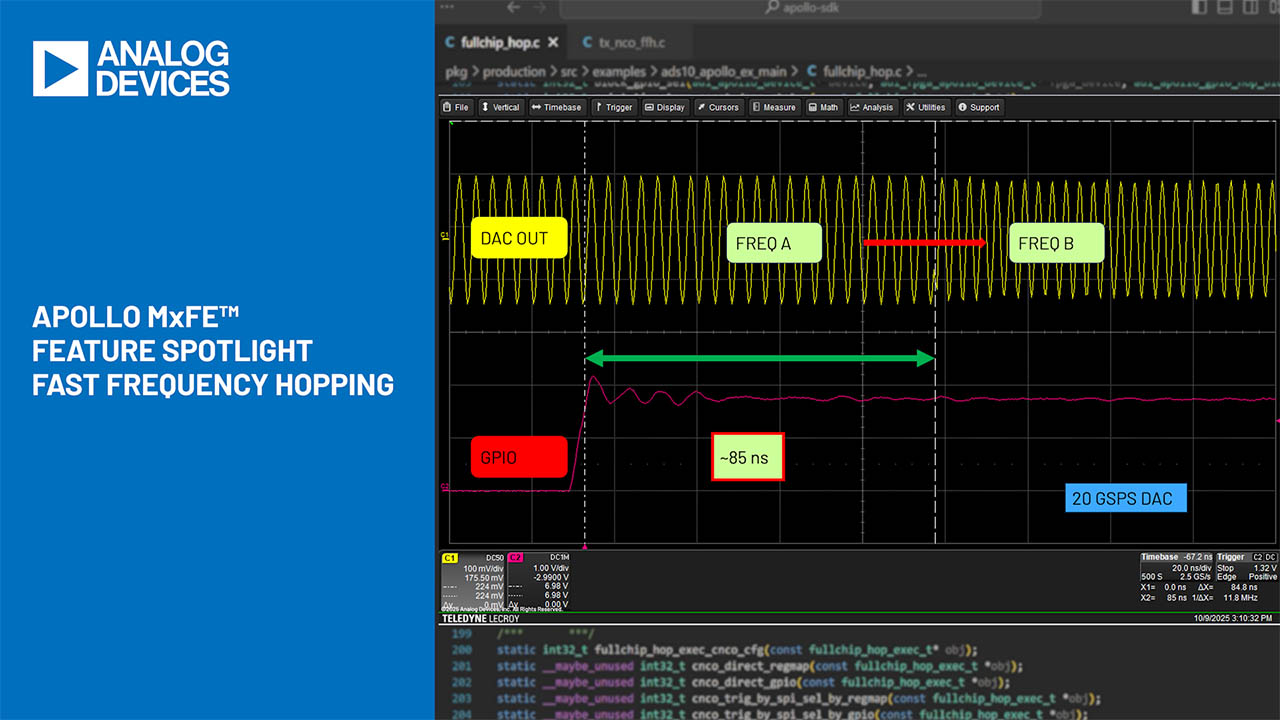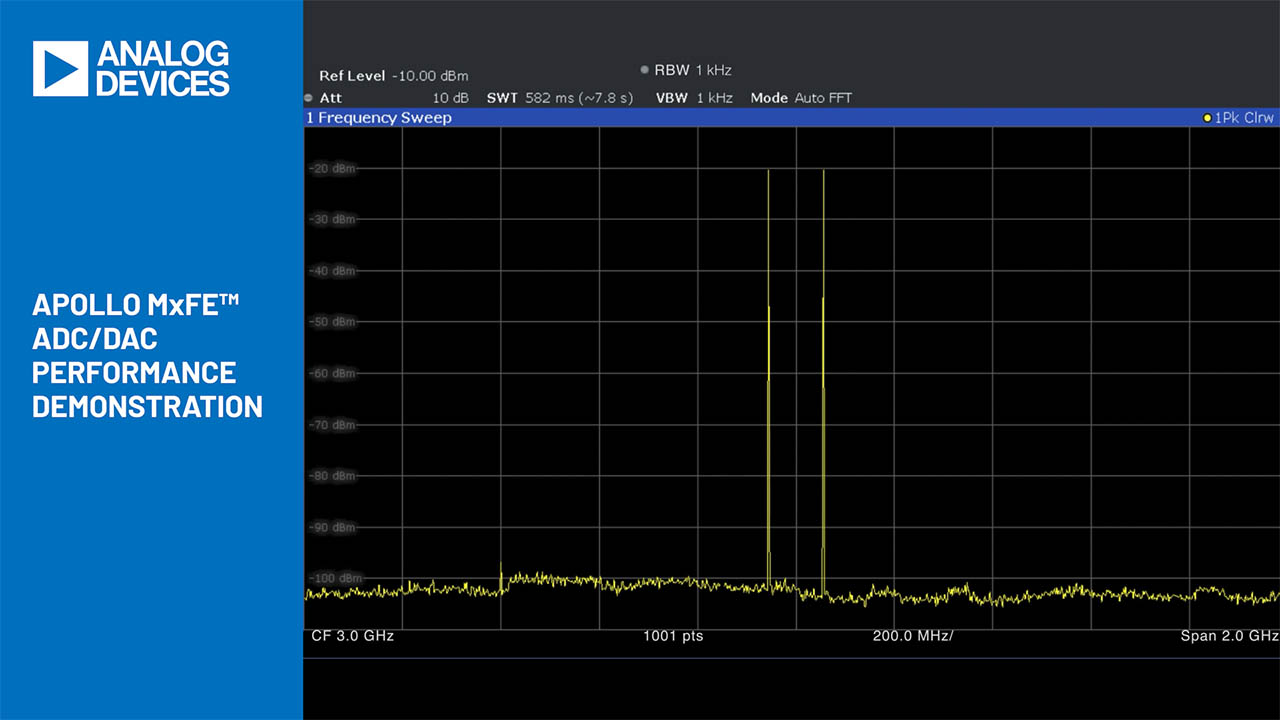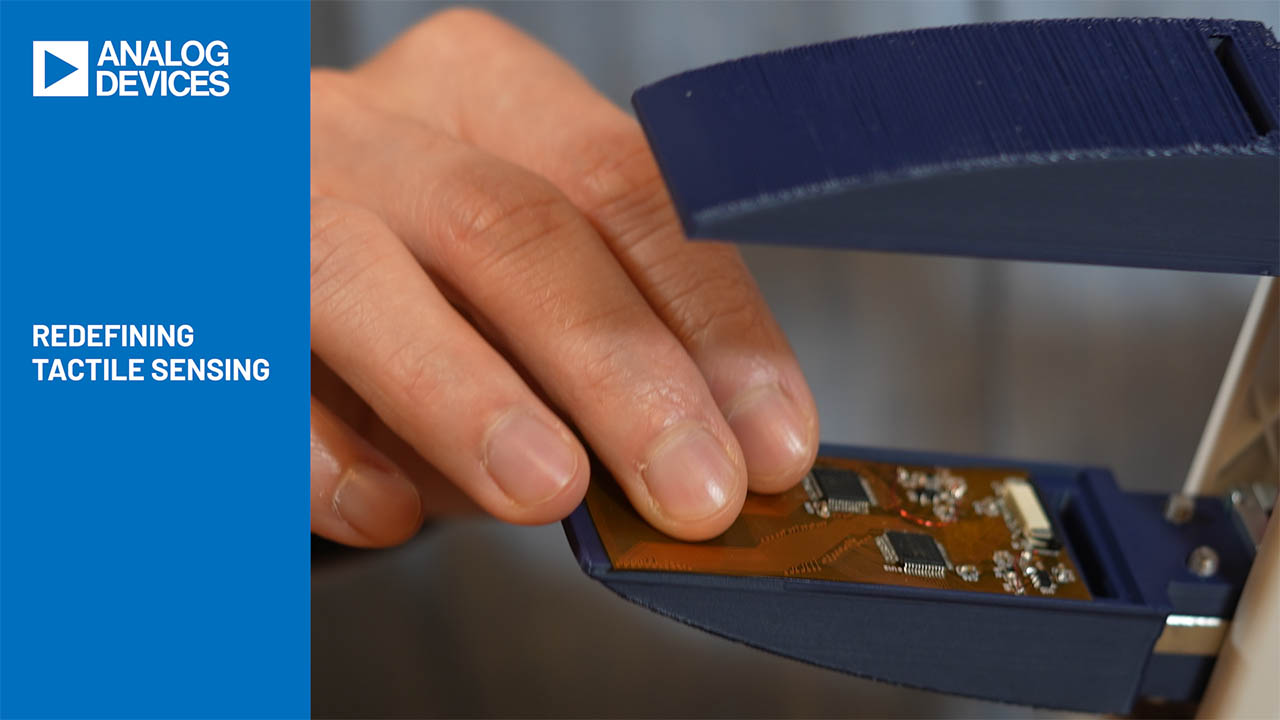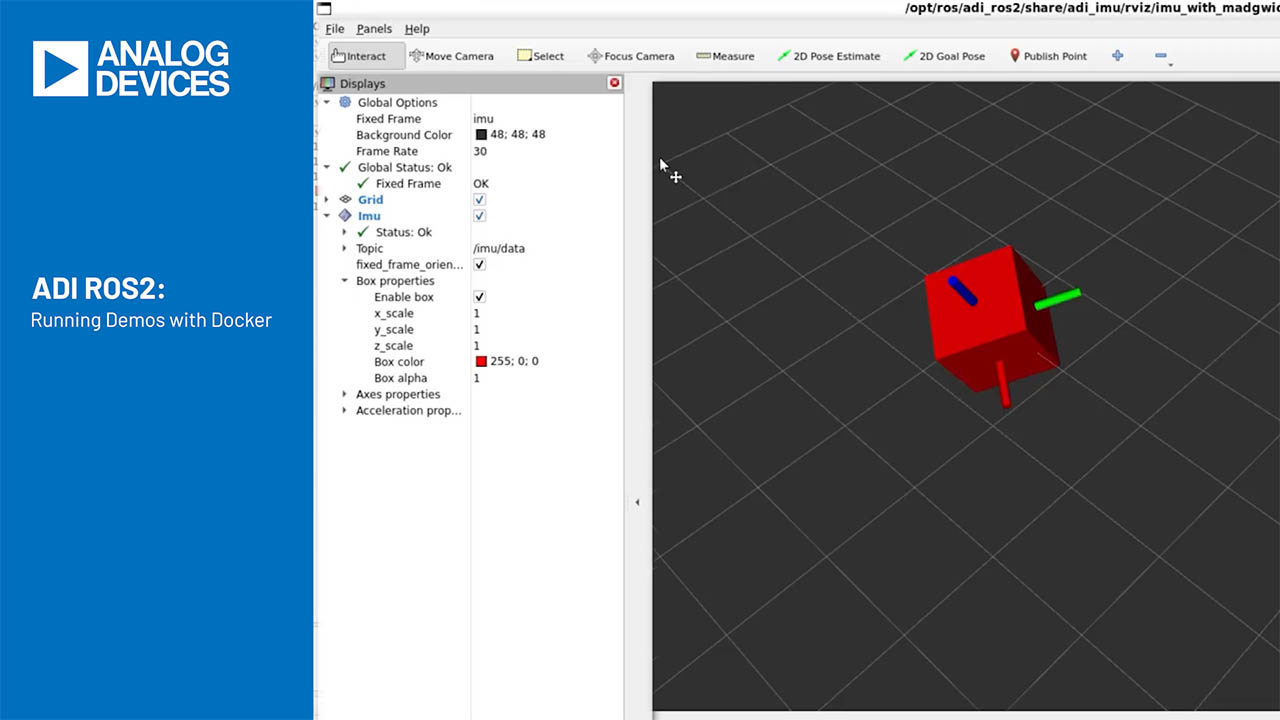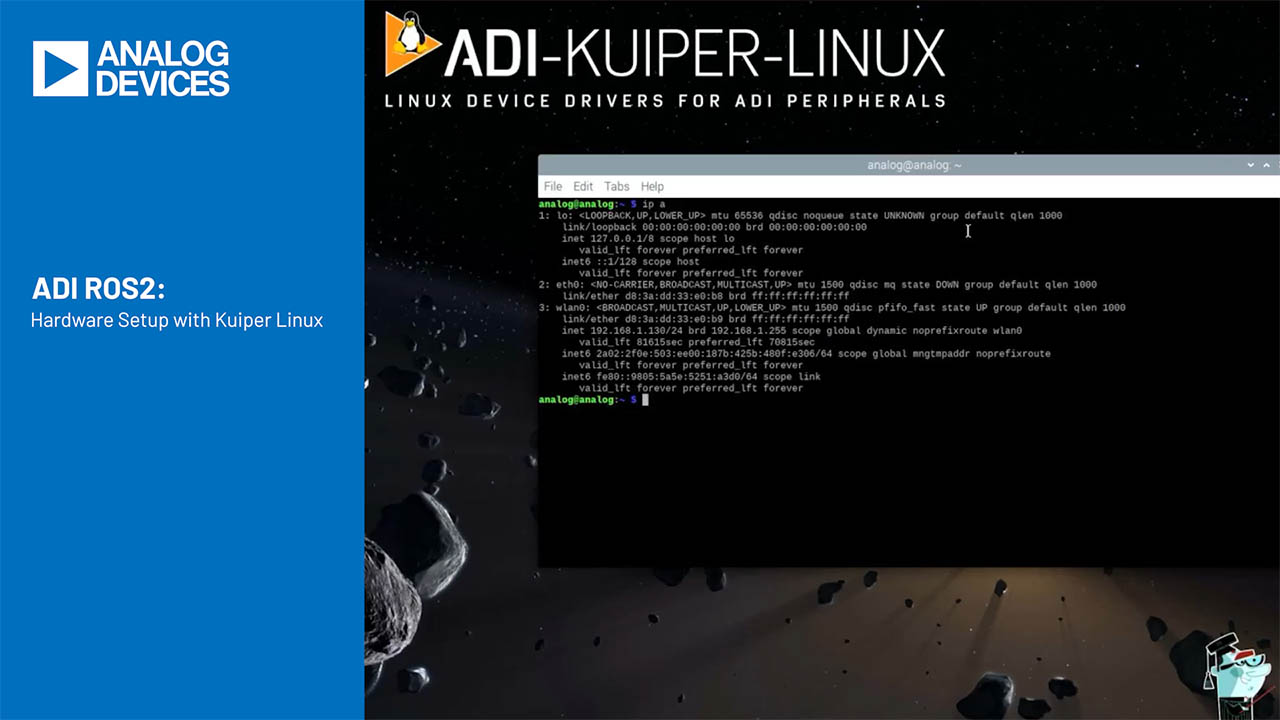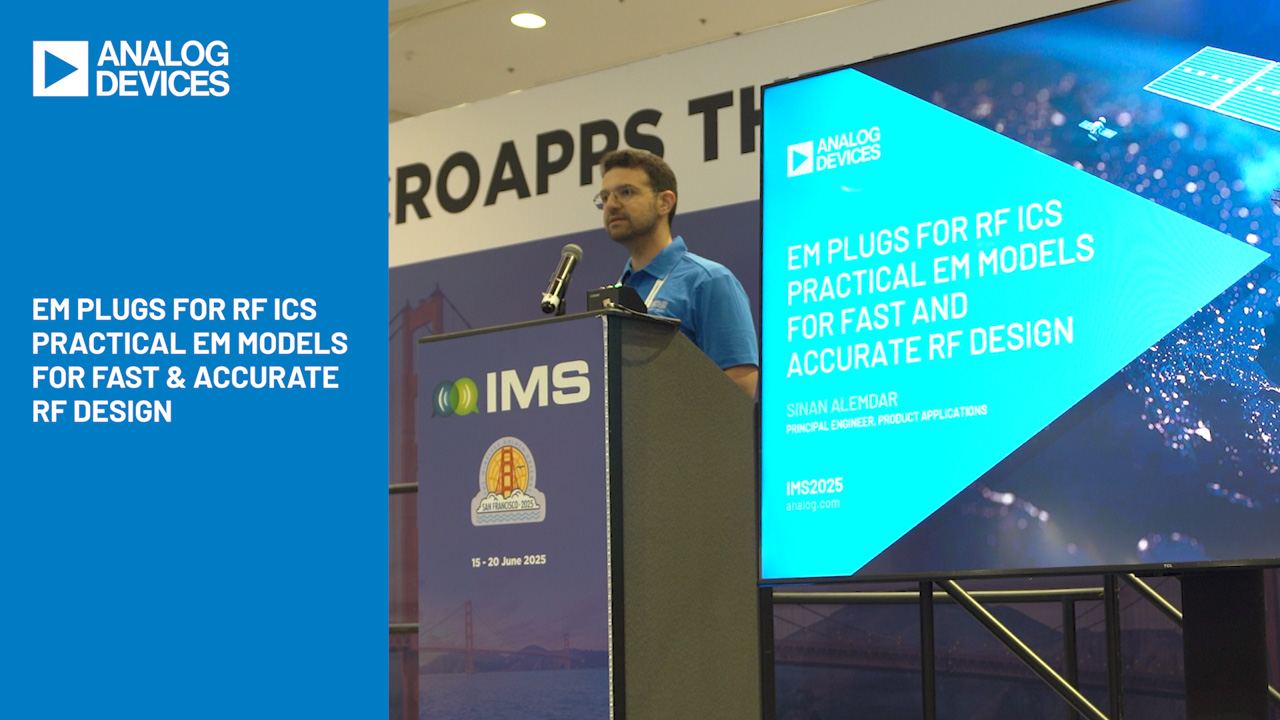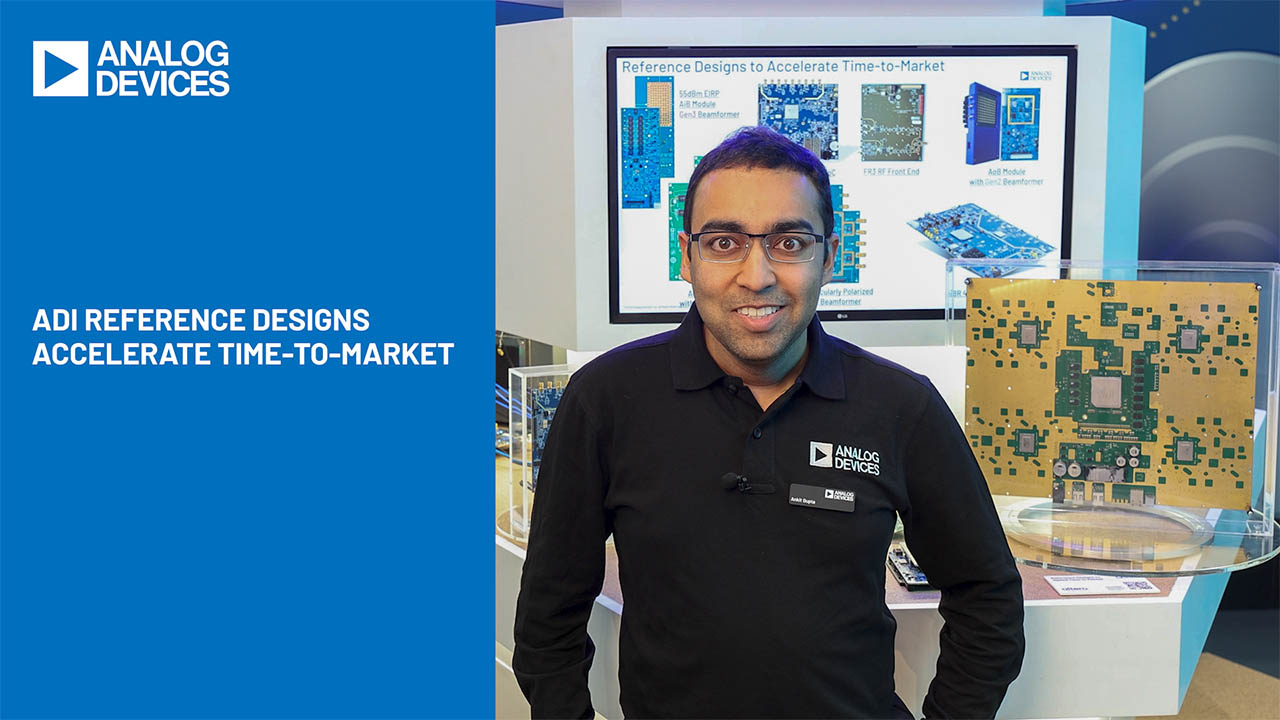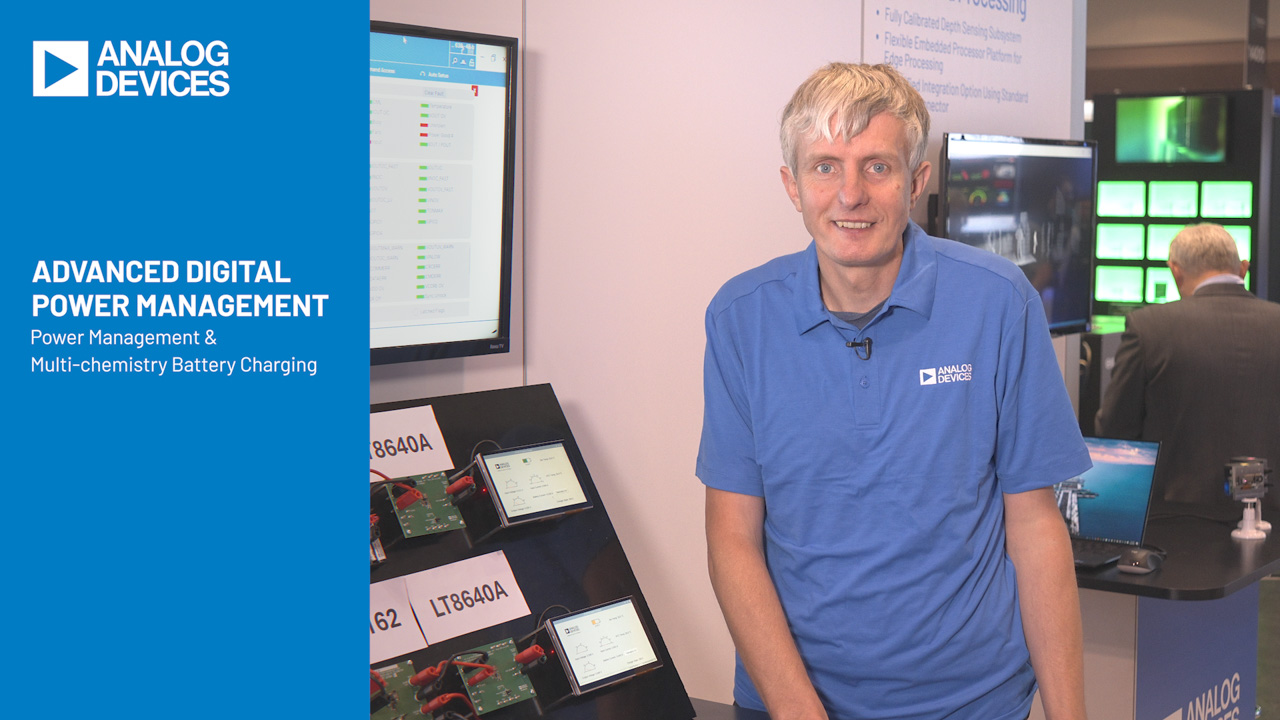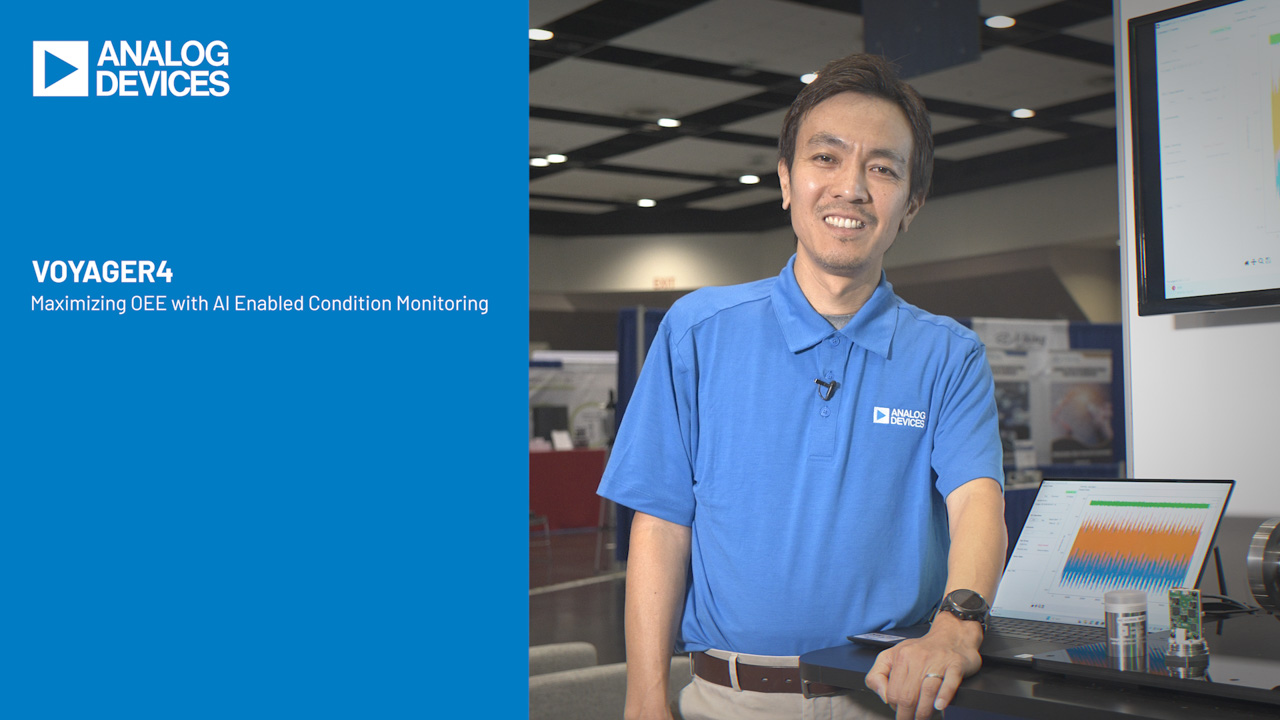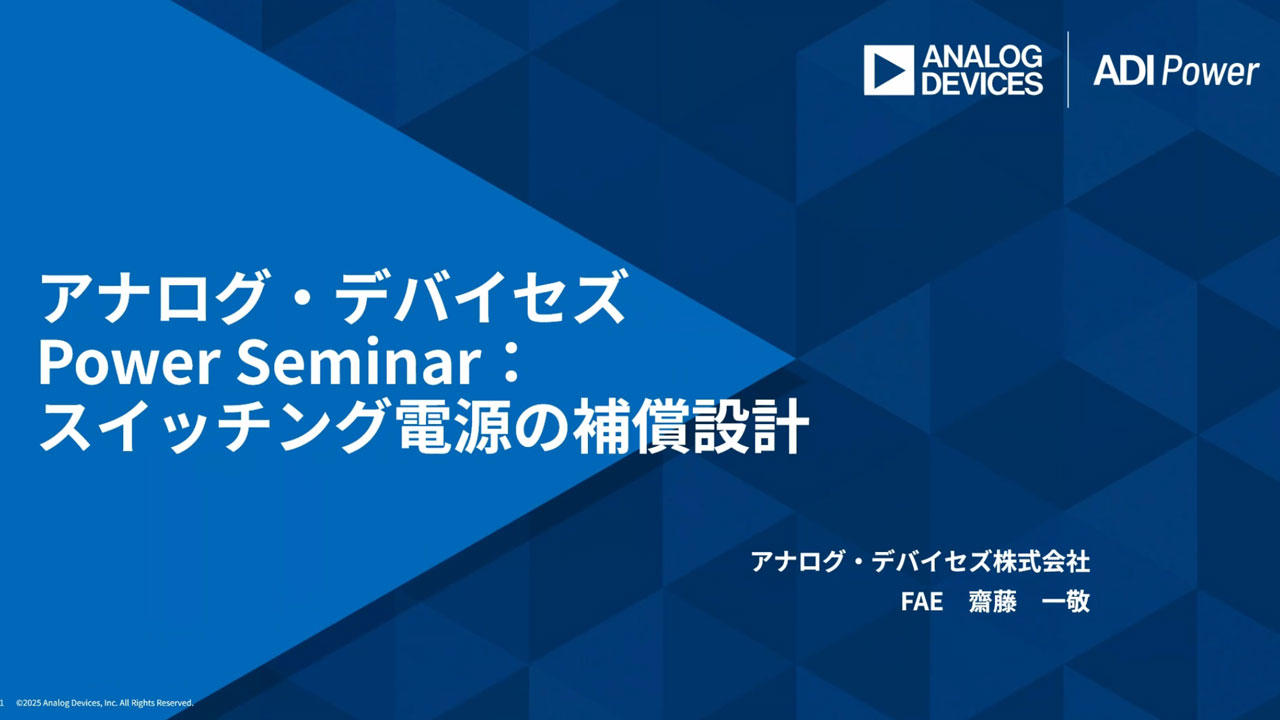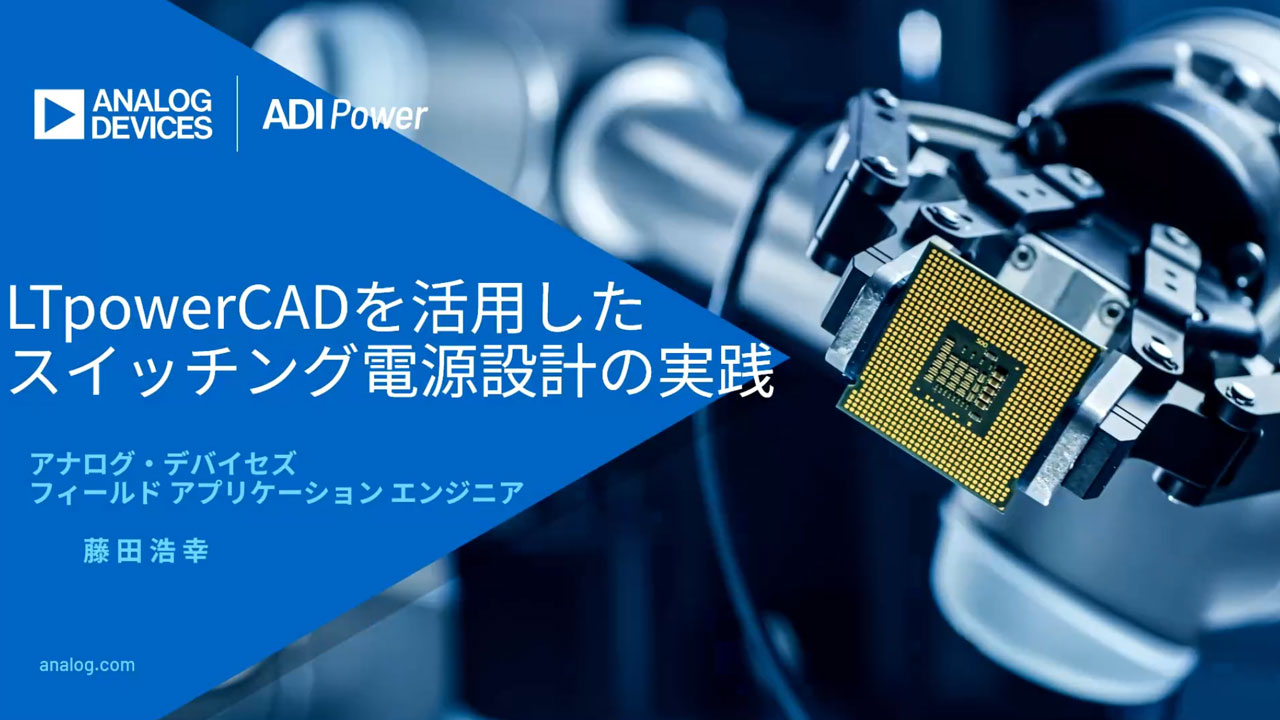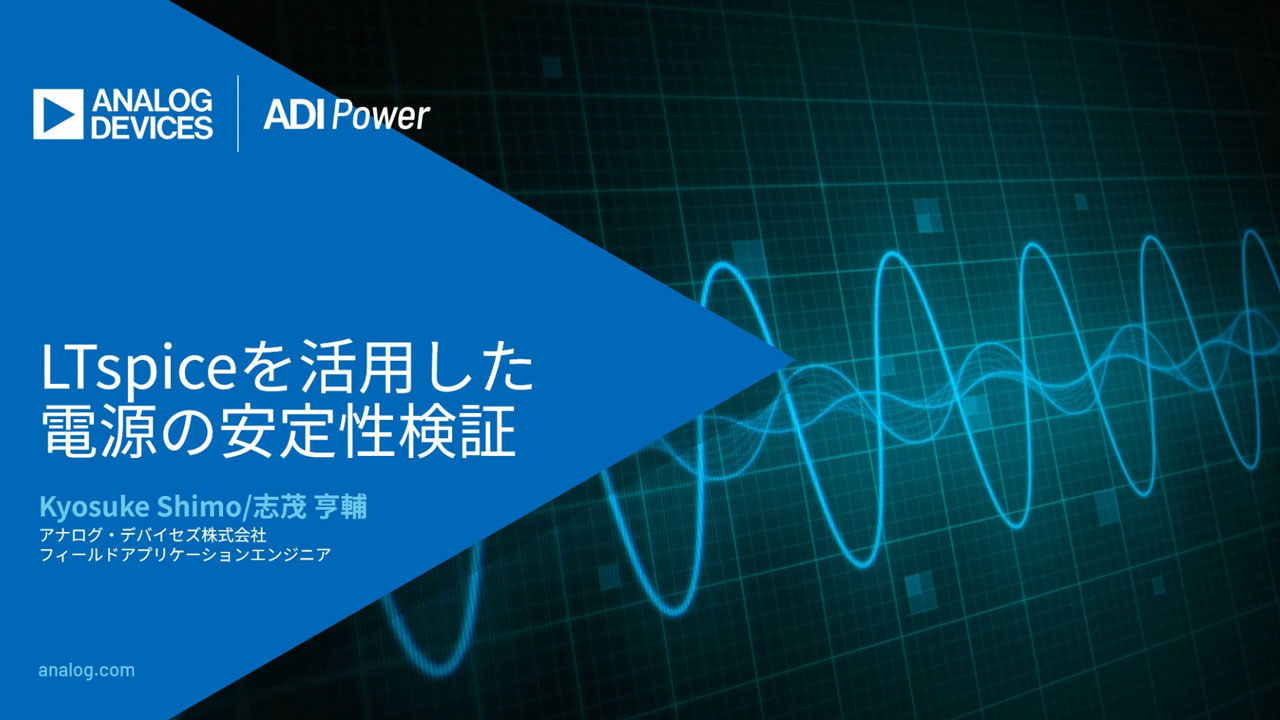Versatile Controller Simplifies High Voltage DC/DC Converter Designs
Introduction
The LT3724 is a single-switch DC/DC controller that can be used in medium power step-down, step-up, inverting and SEPIC converter topologies. It offers simple solutions to regulating system voltages at high efficiencies over a wide input voltage range (4V–60V) and wide load range.
LT3724 Features
The LT3724 uses a 200kHz fixed-frequency current-mode architecture. An internal high voltage bias regulator allows for simple startup and biasing, and it can be back driven by the output to increase supply efficiency and lower power dissipation in the IC.
User selectable Burst Mode operation can maintain high efficiency over a wide load range. In Burst Mode operation quiescent current is reduced to under 100µA, making the LT3724 ideal for use in applications with supply maintenance requirements or light load and no-load conditions. A precision shutdown pin threshold allows for easy supply under voltage lockout where quiescent currents are reduced to less than 10µA.
Supply short circuit control is via an external sense resistor, through which the LT3724 continuously monitors inductor current. If the inductor current exceeds the maximum current sense threshold, pulse skipping occurs.
The LT3724 also incorporates a programmable soft-start that controls the slew rate of the converter output voltage during startup to reduce supply inrush currents and output voltage overshoot.
The gate driver is capable of driving large, low RDS(ON), standard level, n-channel MOSFETS without the need for a gate drive buffer. The driver uses a bootstrapped supply rail which allows it to drive either a high side MOSFET, as found in buck converters, or a low side MOSFET, as found in boost converters.
On-Board Regulator
The LT3724’s internal 8V linear regulator eliminates the need for an external regulator or a slow-charge hysteretic start scheme. This regulator generates the local supply that powers the IC (VCC), from the converter input supply, VIN.
The on-board regulator can operate the IC continuously, provided the input voltage and/or FET gate charge currents are low enough to avoid excessive power dissipation in the part. Common practice uses the on board regulator during startup and then back drives the VCC pin above its 8V regulated voltage during operation. This reduces the power dissipation in the IC and increases converter efficiency. The LT3724 has a start-up requirement of VIN ≥ 7.5V. This assures that the on-board regulator brings the VCC pin above its undervoltage lockout threshold of 6.25V. If VCC is maintained using an external supply, such as the converter output, the LT3724 can continue to operate with VIN as low as 4V.
Burst Mode Operation
The LT3724 employs low-current Burst Mode operation to maximize efficiency during light-load and no-load conditions. Burst Mode is enabled by shorting the BURST_EN pin to SGND and can be disabled by shorting BURST_EN to VFB.
When the required switch current, sensed via the VC pin voltage, is below 15% of programmed current limit, the Burst Mode function is engaged. During the Burst interval, switching ceases and all internal IC functions are disabled, with the exception of the VCC regulator, error amplifier, and bandgap reference. Current at the VIN pin is reduced to 20µA and VCC current is reduced to 80µA. If no external drive is provided for VCC, all VCC bias currents originate from the VIN pin, giving a total VIN current of 100µA. An internal negative-excursion clamp on the VC pin is set at 100mV below the switch disable threshold, limiting the negative excursion of the pin voltage and minimizing converter output ripple during Burst Mode operation.
Precision Shutdown Threshold
The LT3724 SHDN pin is used for precision shutdown in analog monitoring applications, as well as logic-level controlled applications. Input supply undervoltage lockout for supply sequencing or start-up over-current protection is easily achieved by driving the SHDN pin with a resistor divider from the VIN supply, such that the divider output is 1.35V when VIN is at the desired undervoltage lockout rising threshold voltage. 120mV of input hysteresis on the SHDN pin allows the IC to withstand almost 10% of input supply droop before disabling the converter. The SHDN pin has a secondary threshold of 0.5V, below which the IC operates in an ultra-low-current shutdown mode with IVIN < 10 µA. The shutdown function can be disabled by connecting the SHDN pin to VIN through a large value pull-up resistor.
Continuous High-Side Inductor Current Sensing
The LT3724 uses a wide common-mode input range current sense amplifier that operates over a 0V to 36V range. This current sense amplifier provides continuous inductor current sensing via an external sense resistor. This scheme does not require blanking intervals or a minimum on-time to monitor current, an advantage over schemes that sense switch current. The sense amplifier monitors inductor current independent of switch state, so the main switch is not enabled unless the inductor current is below the current that corresponds to the VC pin voltage. This “turn-on” decision is performed at the start of each cycle, and individual switch cycles are skipped should an over-current condition occur. This eliminates many of the potential over-current dangers caused by minimum on-time requirements, such as those that can occur during startup, short-circuit, or abrupt input transients.
Current Mode Control
The LT3724 uses current mode control architecture enabling a higher supply bandwidth thereby improving line and load transient response. Current mode control also requires fewer compensation components than voltage mode control architectures, making it much easier to compensate over all operating conditions.
Soft Start
The LT3724 employs an adaptive soft-start scheme that directly controls the rising rate of DC/DC converter output voltage. Output voltage overshoot and inrush current are well controlled with this method. This rising rate of the output voltage is programmed with a capacitor connected to the converter output, where:
2µA = COUT • (Desired ΔV/Δt)
The soft-start function maintains this desired output rising rate up to 95% of the regulated output voltage. The soft-start function is re-enabled if the converter output droops below 70% regulation, so converter recovery is graceful from a short-duration shutdown or an output short-circuit condition.
Applications
The applications here present only a small sample of what can be accomplished with the LT3724. See the data sheet at www.analog.com for more, including an inverting converter.
30V–60V to 24V, 75W DC/DC Converter
Figure 1 shows a 30V–60V to 24V, 75W converter configured for supply input undervoltage lockout and full time usage of the onboard high voltage bias regulator. This application demonstrates how a high efficiency supply can be built inexpensively and with fewer than 20 components. Figure 2 shows the converter efficiency and power loss vs load current.

Figure 1. 30V–60V to 24V 75W DC/DC converter with input UVLO and full time usage of on board high voltage regulator.

Figure 2. 30V–60V to 24V, 75W DC/DC converter efficiency and power loss.
Power for the IC is obtained directly from VIN through the LT3724’s internal VCC regulator. VIN UVLO is programmed via a resistor divider to enable the LT3724 at 90% of the specified low end of VIN range, or 27V, which corresponds to the SHDN pin voltage exceeding 1.35V. The SHDN input has 120mV of hysteresis, so the converter is disabled if VIN drops below 24V.
The LT3724 soft-start function controls the rising slew rate of the output voltage at startup such that the current through the soft start capacitor is 2µA, so the converter output rises at a controlled rate of 2µA/1nF, or 2V/mS. Figure 3 shows the soft start ramp.

Figure 3. 30V–60V to 24V, 75W DC/DC converter output soft-start waveform.
4V–60V to 12V, 2A SEPIC Converter
In LT3724 converter applications with output voltages in the 9V to 20V range, back-feeding VCC from the converter output is accomplished by connecting a diode from the supply output to the VCC pin. Figure 4 shows a 15V to 12V, 2A SEPIC converter configured to use the 12V output voltage to back drive VCC. This application also shows the versatility of the LT3724 by configuring it to control a SEPIC converter. SEPIC converters are used where the input voltage can be both less than or greater than the output voltage, such as a battery powered application.

Figure 4. 15V to 12V 25W SEPIC DC/DC converter.
In some DC/DC converter applications, the converter must withstand or operate through intermittent input voltage excursions. This is typical of automotive battery-voltage applications, where high voltage line transients such as load-dump or low voltage transients such as startup must be accommodated. This converter design is optimized to operate with a 15V nominal input voltage but can regulate the output voltage over a wide input range of 4V to 60V. Figure 5 shows the converter efficiency and power loss vs load current.

Figure 5. 15V to 12V 25W SEPIC DC/DC converter efficiency and power loss.
This converter also uses an external current limit fold-back scheme. This fold-back circuit consists of a single 1N4148 diode (D2) and a resistor (R5). The current limit fold-back circuit provides additional control during the first few switch cycles of start-up, and provides reduced short-circuit output current. When the output is at ground, the diode/resistor clamp the VC pin to a value that corresponds to 25% of the programmed maximum current. This circuit is only active with VOUT close to ground, and becomes completely disabled once the output voltage rises past about 10% regulation.
8V–16V to 24V, 50W Boost Converter
The 24V Boost converter shown in Figure 6 achieves over 95% conversion efficiency at 50W with less than 20 components. Because this is a boost converter, VCC is driven by the input voltage to improve efficiency and lower power dissipation. Figure 7 shows efficiency and power loss vs load current.

Figure 6. 12V to 24V/50W boost converter.

Figure 7. 12V to 24V/50W boost converter efficiency and power loss.
Conclusion
The LT3724 is a feature packed DC/DC controller that is versatile enough to be configured to control multiple converter topologies. It offers a simple and inexpensive solution to regulating system voltages at high efficiencies over a wide input voltage range and wide load range.
The integrated high voltage regulator facilitates true single-supply operation. Burst Mode operation improves efficiency during light load and no load operation. The current mode control architecture allows for simple design of the power supply control loop and excellent transient response. Continuous current sensing protects the supply from being damaged during an over current or short circuit fault condition. The innovative soft start function limits output voltage overshoot and inrush current during startup, brownout or short circuit recovery.





